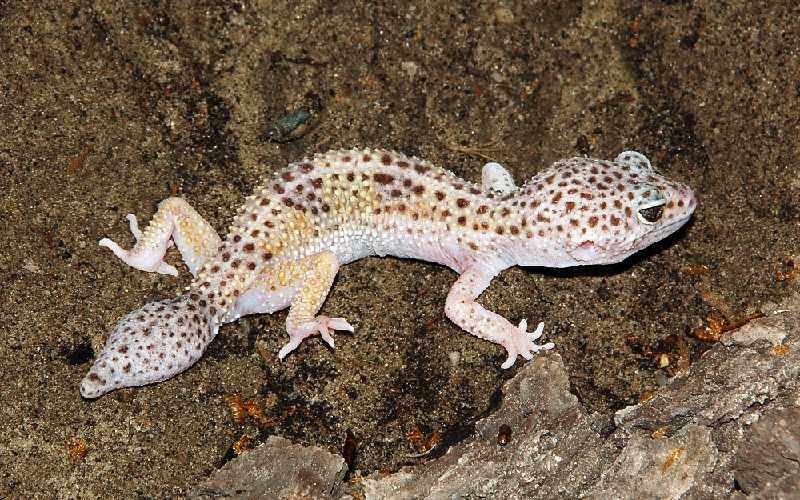‘My leopard gecko is losing his tail!’ I hear you scream! Don’t panic! It is natural for Leopard Geckos to lose their tail at some stage in their lives – they can lose it a few times during their 10 years of them stem cells developing.
Overall they are good reptiles to keep around, just make sure you have them in the right environment for them and separated from other leopard geckos therefore there are no risks of one gecko getting bullied by the other.
How do you know if your gecko is losing his tail?
It’s possible for a gecko’s tail to induce stuck or trapped by something in its enclosure. Whenever you founded a brand-new enclosure, attempt to avoid very tight places and any potential falling objects that would harm your gecko. Both stress and fear can accompany the sensation of being threatened or bullied. Leopard Gecko’s well-being can be impacted by loud noises, blinding lights or any other startling stimulation which can include results of dropping of their tails.
Additionally, the environmental conditions of the gecko’s enclosure are often a source of stress that might result in tail loss. To assist keep your gecko at its healthiest, maintain its temperature and humidity within the optimal range. Gecko’s enclosure should ideally be 75-78 degrees Fahrenheit for their cool areas and the basking areas are expected to be around 82-85 degrees Fahrenheit, therefore the enclosure’s humidity should rest between 30 and 40 percent.
So you can simply tell if your leopard gecko is losing his tail if they are under stress or could have an infection in their tail it is best to keep checking on them regularly with the vets just in case they are in an environment that scares them.
Why do leopard geckos lose their tail?
Leopard gecko’s tail dropping is known as a defense reaction for once they feel threatened by others, this is typically seen in geckos at a younger age. Gecko tail loss is a common phenomenon, and your lizard should come through it just fine. Losing a specific piece is also a defense called autonomy that several animals use. Their tails are designed to specifically to drop, there is a tissue within the tail that creates a location where it can break off when needed.
When this happens, the blood vessels to the tail constrict and intensely little blood loss occurs. This could be helpful to remember if you’re trying to work out whether your gecko dropped its tail or lost it thanks to trauma; little or no blood is lost when the tail is dropped.
Though it’s a process, tail dropping puts stress on a gecko and may impact its health. It’s important that you just study the circumstances that led up thereto, so you’ll be able to attempt to avoid these problems within the longer term. Within the wild, a gecko’s tail loss serves a very good purpose. The tail’s movement distracts potential predators and allows the gecko to urge away, leaving the predator with nothing but the wiggling tail.
Will it grow back?
Eventually, a gecko regrows its tail, but it should not look precisely the same. The new tail is commonly shorter, coloured differently, and blunter at the top than the initial tail. The regeneration process takes about two to 2 and a half months to complete. After 3-4 weeks, the injuries fold and begin to change into a replacement tail. A gecko is ready to continually regrow tails throughout a 10-year lifespan and can do this by simply by activating these stem cells.
How to maintain gecko health?
To maintain good gecko health and minimise the chances of your gecko losing his tail, you should maintain a good gecko environment, separate fighting geckos and also keep handling minimal.
Maintain a perfect environment:
Ensure your gecko enclosure is regulated and provides the perfect temperature, light, and humidity. Keep to a daily cleaning schedule and avoid placing objects within the enclosure which will injure your gecko. It’s a good idea to periodically do a security check as well.
Separate geckos:
If you’ve got quite a gecko in your pair, you may have to separate them. This can be particularly true if you notice any aggressive behaviours.
Minimise handling:
Geckos don’t normally enjoy lots of handling, so it’s best to stay it to a minimum. This will reduce the danger of you accidentally pulling your gecko’s tail off.
If you enjoyed this article you might also like to read about Leopard Gecko Diseases and Injuries and Leopard Gecko Mouth Rot


2 thoughts on “Leopard Gecko losing tail Help!”